In the minds of many people, patients with fungus are often associated with restlessness, tenderness, and dirt. This stereotype is not entirely true. In the modern world, even the most important hygiene is not immune from fungal infections. Moreover, someone who leads an active and healthy lifestyle is more at risk of catching it than a classic couch potato. If the skin between the toes turns red, flakes and cracks, the nails turn yellow and crumble, and the unbearable itching won’t stop for a minute, chances are you have fungus.
The route of infection
Medical statistics say that every 4-5 people on our planet are sick with toe mycosis. The risk of infection is everywhere: in swimming pools, saunas, gyms, public baths, shoe stores, on the beach, and even your own shoes are often an excellent environment for active living and breeding of fungi.
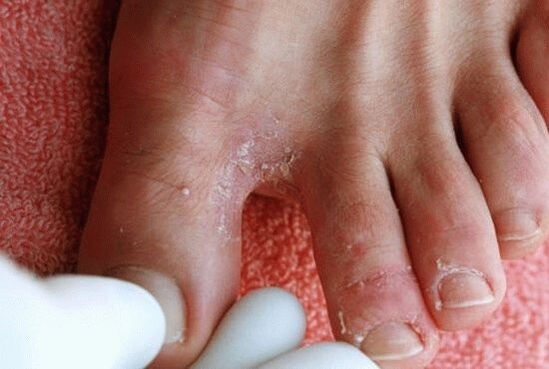
Walking barefoot, wearing other people's shoes or wet shoes, sharing personal hygiene items (towels, manicures and pedicures), dirty socks, excessive sweating, degenerative diseases of the feet, being overweight, circulatory disorders - these and other factorsdirectly or indirectly leads to infection with fungal infections.
Healthy nails are practically susceptible to fungus, while toenails, which are altered under the influence of several traumatic factors, become easy prey for it. The same thing happens to the skin - microscopic cracks on it become the gateway to infection.
Often, infections are caused by fungal parasites called dermatophytes, more rarely by yeasts and fungi. Male and female toe fungus are equally painful. The risk of infection increases with age. Therefore, children fall victim to this parasite relatively rarely, whereas every second adult after 70 years is its active carrier.
The first manifestation of toe fungus
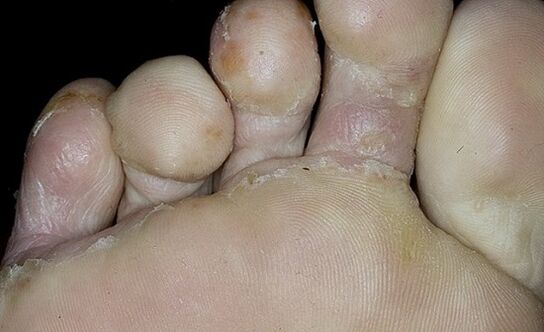
In most cases, foot lesions with fungal infections occur gradually according to the following pattern:
- the first signs in the form of skin peeling, burning and itching are observed between the toes;
- the skin responds to the infection with the formation of bubbles, after a while they crack;
- cracks and grooves appear in place of bubbles; itching is increasing;
- on the nail, the fungus is actively multiplying, gradually penetrating the nail plate, slowly and for a long time destroying it;
- the plate thickens, flakes, crumbles, acquires an undue yellowing.
Dermatophytic fungi appear as yellow spots or bright lines closer to the edges of the nail. Over time, the infection moved to the middle part, the skin in the interdigital area cracked, and there was severe itching. Yeast fungi eat the nail plate, thinning it from the sides. As a result, waves, grooves, cracks appear, nails turn yellow and separate from the bed. First, the yeast attacks the nail folds. They turn red, thicken and swell, silvery scales appearing along its edges. It is possible to attach a secondary bacterial infection with subsequent suppuration. The print affects the nail superficially, changing its shade from yellow and green to brown and even black. This fungus is very active in conditions of nail plate nutrition disorders.
Why don't you hesitate to see a doctor?
Treatment should be started as early as possible. It is good if this happens before the infection, which is usually localized first between the toes, spreads to the nail plate. Seeking early medical treatment ensures faster and healthier nail healing.
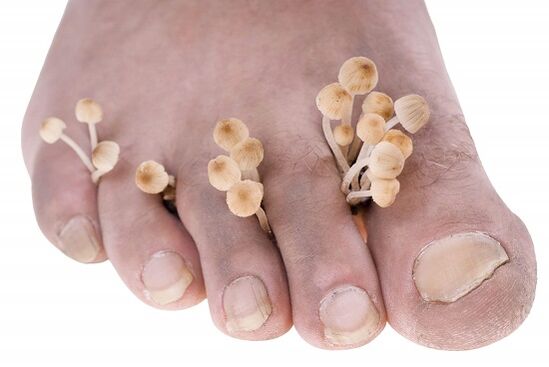
A mycologist is involved in the treatment of various fungal skin lesions (mycoses). Doctors of this profile are hard to find in state clinics. If not, you can see a dermatologist. The task of the specialist is to assess the extent and depth of the lesion, take tissue to scrape the presence and type of fungus, compile a competent therapeutic scheme.
Before starting treatment, it is necessary to perform disinfection, which includes treating all shoes with vinegar or formalin solution. The foul smell of this product makes it uncomfortable to use. To solve the problem, you can buy special tools in pharmacies that disinfect shoes using ultraviolet rays.
Traditional treatment for toe fungus
Toe fungus can be treated with local, systemic, or combination therapies.
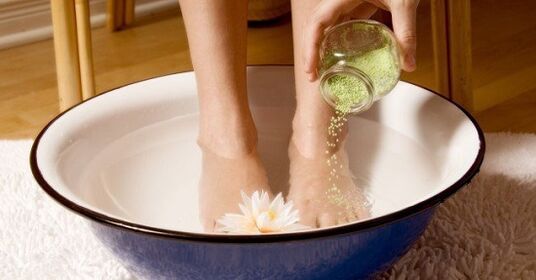
Any treatment involves the use of antimycotics (antifungal agents):
- Local treatments (ointments, creams, sprays). Antimycotics for external use and other drugs with the active ingredient clotrimazole, naftifine hydrochloride, ketoconazole, terbinafine hydrochloride or bifonazole. If there is minor damage to the nail plate, it is recommended to use antifungal varnish. Varnish is applied throughout the year, gradually reducing the frequency of use (from 4 to 1 time a week). Local remedies are effective in relieving itching and burning, reducing exfoliation, cracking of the skin between the toes, but cannot cure the disease completely.
- Systemic therapy: general antimycotics. Such treatment is suitable in the event of complete damage to the nail plate. But there are some contraindications to systemic antifungal drugs: the drug should not be taken by pregnant and lactating women, people suffering from kidney and liver disease, and small children.
- Comprehensive treatment. Includes local and systemic therapies.
Patients often complain about the lack of effectiveness of traditional therapies and use treatment with folk remedies. Against the background of such complaints, the opinion was formed that foot fungus is an incurable disease, it is only possible to temporarily eliminate the manifestations of its symptoms (itching, peeling, cracking). Why is patient dissatisfaction observed? Everything is very simple. Actually, curing the fungus is difficult, but possible. The main thing is to adhere to the principles of regularity and timeliness. It is very important to do all therapy activities every day and not interrupt what you start in the middle of the road. You need to be prepared for long-term treatment (usually 3-12 months), which makes sense to do until new healthy nails grow back. In further cases, it is necessary to remove the affected nail plate and just wait for a new appearance.
Treatment of toe fungus with folk remedies
Traditional medicine recipes are very effective in eliminating or reducing the severity of fungal manifestations such as itching, burning, cracking, peeling and redness of the skin between the toes. A number of patients claim that they can cure the disease by fully using folk remedies.
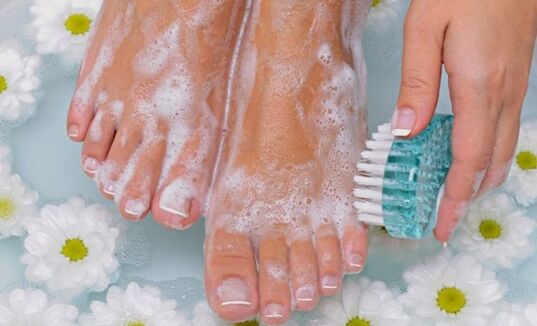
So, to deal with the fungus:
- Soak your feet with apple cider vinegar, grape vinegar, or table vinegar.
- apply 1 drop of iodine on each nail twice a day;
- wipe your skin and nails with salicylic ointment;
- wash your feet with laundry soap;
- make garlic and butter compresses;
- lubricate the affected skin with a mixture of garlic juice, alcohol (1 tablespoon each) and water (2 tablespoons);
- treat the affected area with propolis alcohol.
According to reviews, garlic and propolis are very effective in fighting fungi. It is important to understand that the duration of treatment with folk remedies has its limits. If within 3 months the skin cracks and does not get the same appearance, it makes sense to seek help from traditional medicine.
Despite the effectiveness of good treatment with folk remedies and the success of modern medicine in the discovery of effective new medicines, foot mycosis today remains the most common fungal disease. Even so, it is very satisfying that over the last 20-30 years the number of patients successfully cured has been declining every year.

























